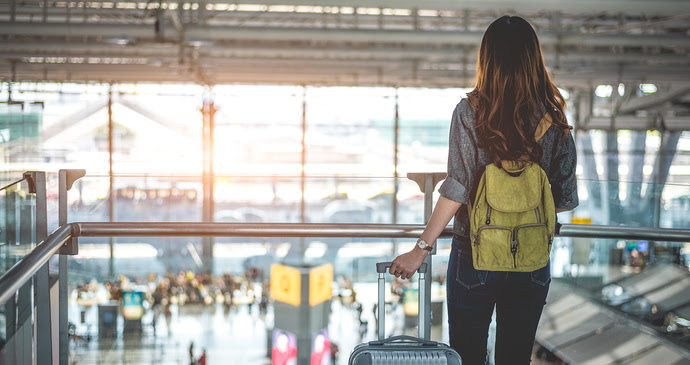
Do you visit airports while traveling, or maybe work in an airport? If so, you’re not alone, as tens of millions of people worldwide enter and spend time in airports every year.
This past November, MDPI, a publisher of peer-reviewed, scientific and technical journals, published the findings from a study, monitoring the indoor air quality within airport terminals. Although the publication of this study, is new, the findings are not isolated, nor coincidental.
A separate study released back in 2006 tracked occupational exposure in airport personnel. This latest study specifically deals with HVAC systems along with their embedded filtration and how effective it takes care of the outdoor air coming indoors.
Here is an excerpt from the recent study’s abstract:
The HVAC system’s performance appears, therefore, efficient in terms of filtration, following CDC-NIOSH definition, but it seems not able to provide an air cleaning (i.e., gases and vapors removal) sufficient to respond to solicitation deriving from anthropic activity in the area. Areas investigated, in fact, are characterized not only by passengers’ flow but, in the case of the departures area, by commercial and food-preparing activities, such as coffee bars and restaurants.
”As widely documented, food preparation may be regarded as a major source of airborne contamination in indoor (not industrial) environments, in particular of VOCs and particulate matter.”
Overlooked, yet common source of indoor air pollution
One aspect not mentioned is that people themselves are a major source of air contamination. With that said, think of the number of people traveling through an airport in a single day.
IAQ control
Ventilation does not have the ability to sufficiently control the indoor air quality in all indoor environments. Any airborne contaminants produced indoors, i.e.; contaminants produced by people, products, materials, or processes will only successfully be captured by a dedicated indoor air filtration system.
Certain types of industrial strength air cleaners/air purifiers can house several different filtration systems (particle/gases) and filter types to capture all sized air particles, including PM10, PM2.5, and PM1. We see a definitive and mutual relationship between an HVAC system and standalone air filtration systems (cleaners). Certain types of gases, like CO2, are more difficult to reduce without adequate airflow from the ventilation system.
More airports have started strategically implementing stand-alone air cleaners within their premises; especially in high traffic areas.
For receive more information on indoor air quality within airports, click here:



